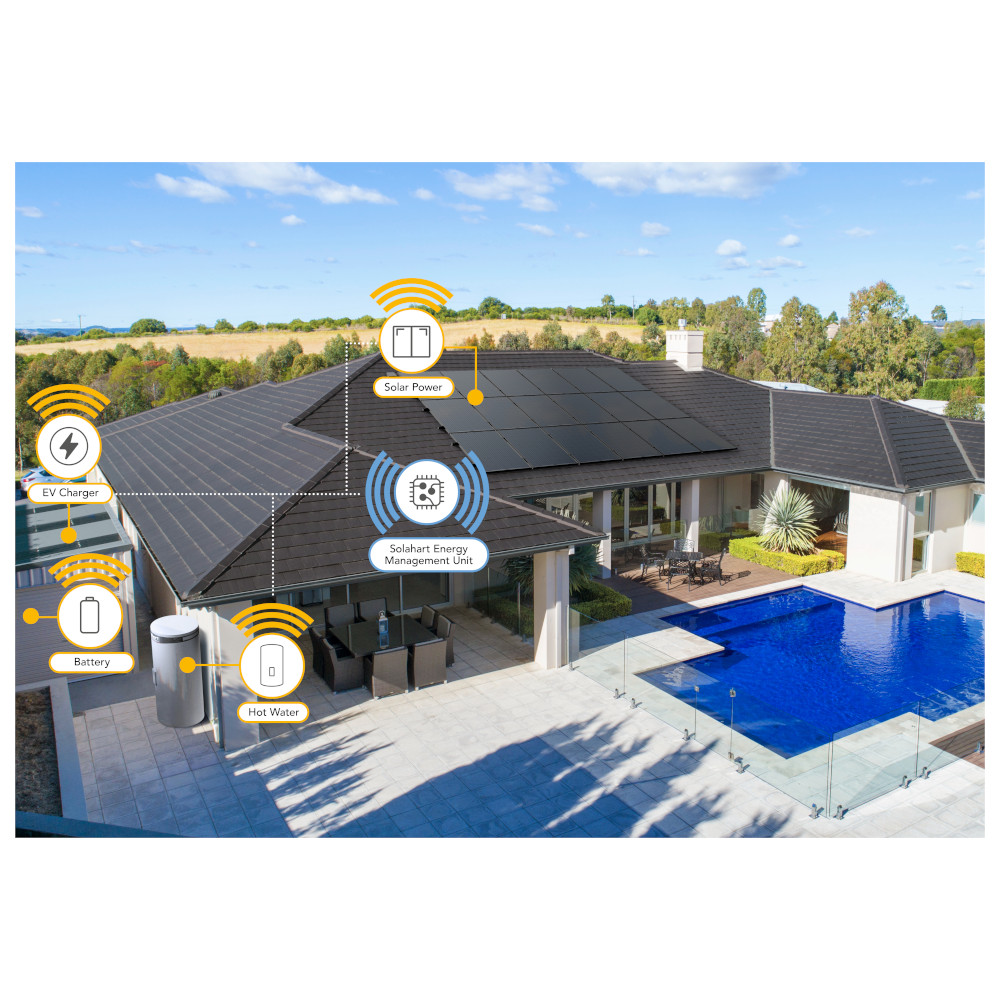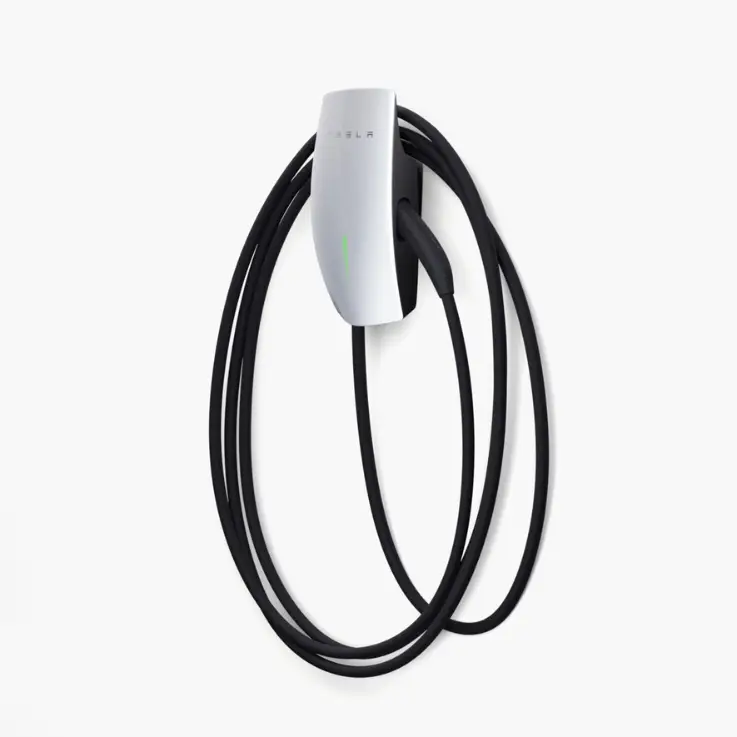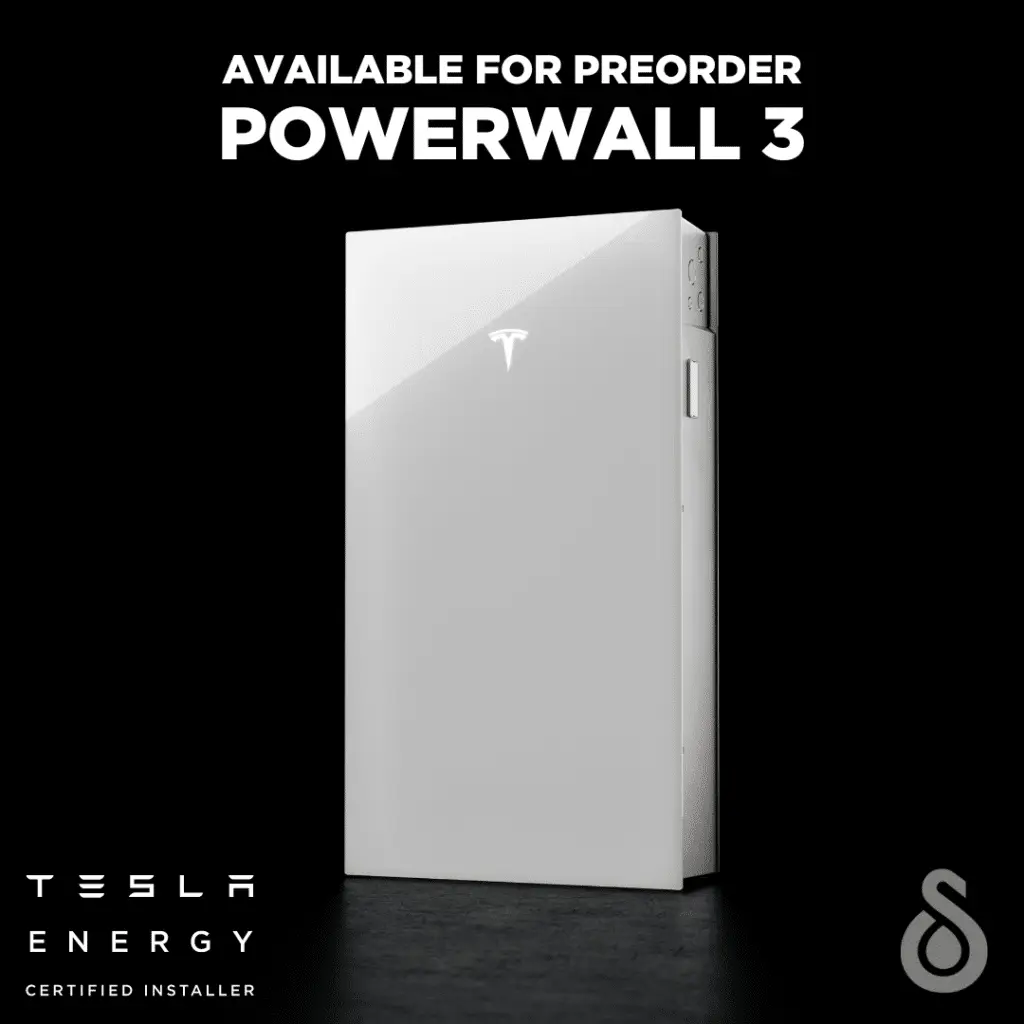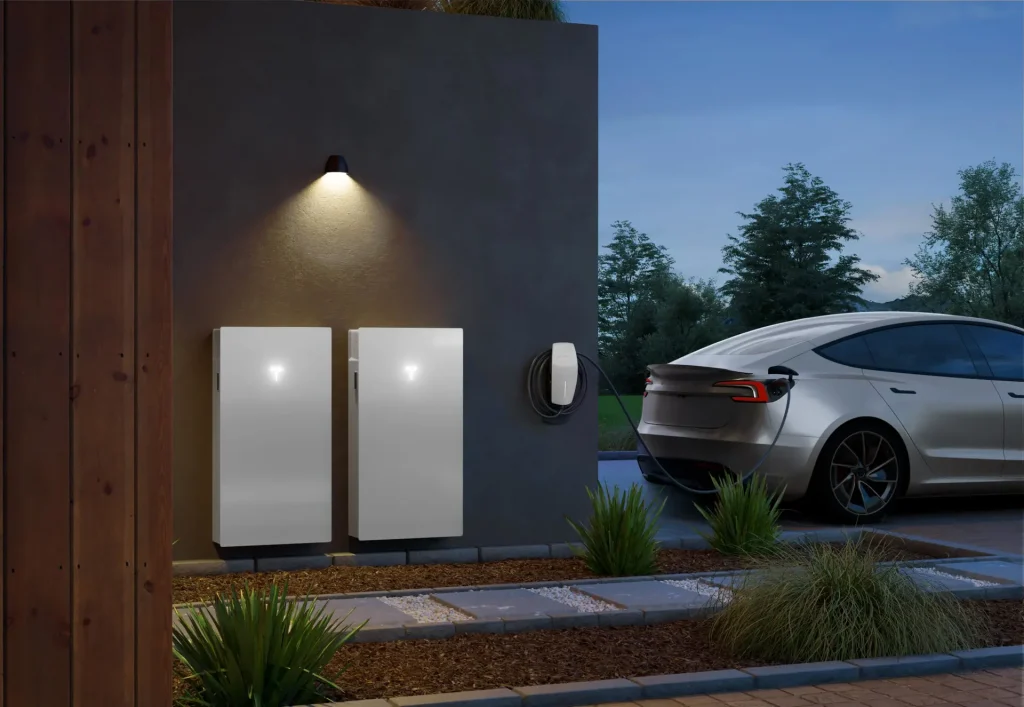Embracing Solar Power for Your Business
Switching to solar power is a smart move for businesses looking to cut costs and reduce their carbon footprint. Commercial solar panel installation offers an efficient and sustainable energy solution that can benefit your business in multiple ways. This guide will walk you through the essentials of commercial solar panel installation, from initial planning to final implementation. To get the complete commercial solar installation package – from start to finish – Contact the Solahart team.
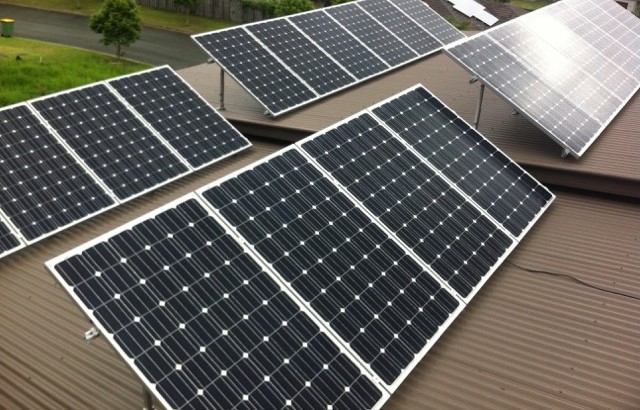
Benefits of Commercial Solar Panel Installation
Harnessing solar energy for your business comes with several advantages:
- Cost Savings: Solar panels can significantly reduce your electricity bills by generating your own power.
- Environmental Impact: Using renewable energy reduces your business’s carbon footprint and contributes to a greener planet.
- Energy Independence: Solar power decreases reliance on grid electricity, providing energy security.
- Increased Property Value: Installing solar panels can enhance the value of your commercial property.
- Government Incentives: Various rebates and incentives can offset the initial investment costs.
Initial Planning and Assessment
Before diving into commercial solar panel installation, thorough planning and assessment are crucial:
- Energy Audit: Conduct an energy audit to understand your business’s energy consumption and needs.
- Site Evaluation: Assess the available space, roof condition, and sun exposure to determine the best location for solar panels.
- Budgeting: Estimate the total cost, including equipment, installation, and maintenance, and explore financing options.
- Permits and Regulations: Ensure compliance with local building codes, zoning laws, and obtain necessary permits.
Choosing the Right Solar Panels and Equipment
Selecting the appropriate solar panels and equipment is key to a successful installation:
- Panel Types: Choose between monocrystalline, polycrystalline, and thin-film solar panels based on efficiency and budget.
- Inverters: Select high-quality inverters to convert solar energy into usable electricity.
- Mounting Systems: Decide on the best mounting system for your site, whether roof-mounted or ground-mounted.
- Battery Storage: Consider installing battery storage systems to store excess energy for later use.
Installation Process: Step-by-Step
The installation of commercial solar panels involves several steps:
- Design and Engineering: Create a detailed installation plan, including panel layout and electrical schematics.
- Permitting: Submit plans and obtain necessary permits from local authorities.
- Procurement: Purchase solar panels, inverters, and other required equipment.
- Installation: Professionals will mount the panels, install inverters, and connect the system to your electrical grid.
- Inspection and Testing: Inspect the installation for compliance and safety, then test the system to ensure optimal performance.
Maintenance and Monitoring
Regular maintenance and monitoring ensure your solar panels operate efficiently:
- Cleaning: Keep panels clean from dust and debris to maintain peak efficiency.
- Inspections: Schedule periodic inspections to check for any damage or wear.
- Performance Monitoring: Use monitoring systems to track energy production and identify any issues promptly.
- Repairs: Address any repairs promptly to avoid significant performance drops.
A Bright Future with Commercial Solar Panels
Investing in commercial solar panel installation is a forward-thinking decision that offers substantial financial and environmental benefits. By understanding the process and working with experienced professionals, your business can enjoy reliable, sustainable energy for years to come. Make the switch to solar power and take a significant step towards a greener, more cost-effective future.

